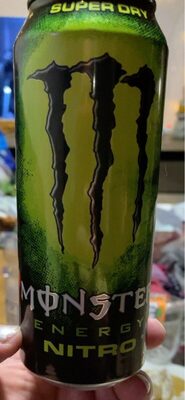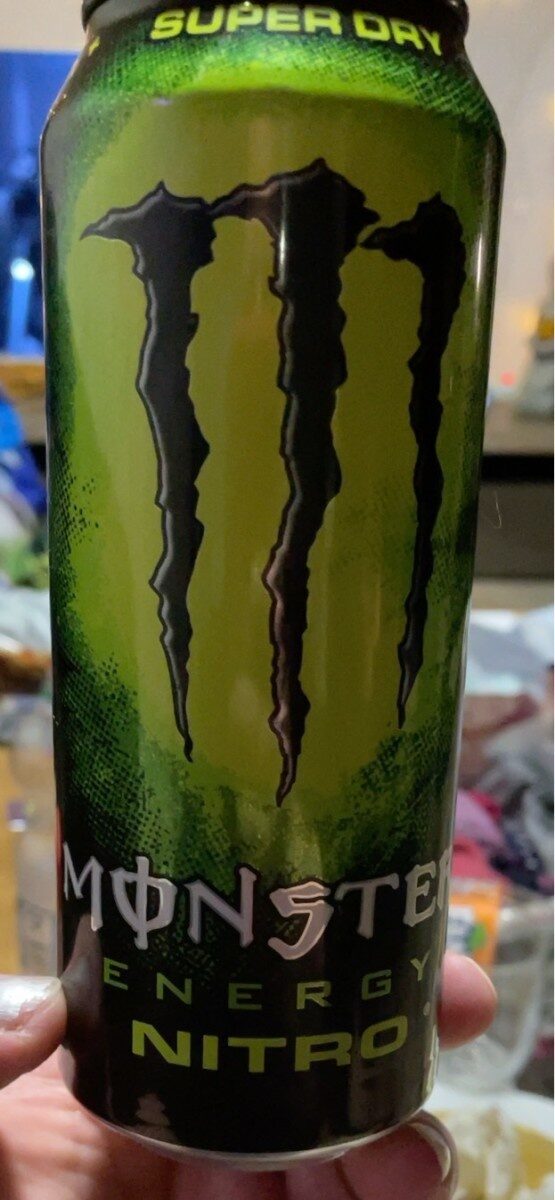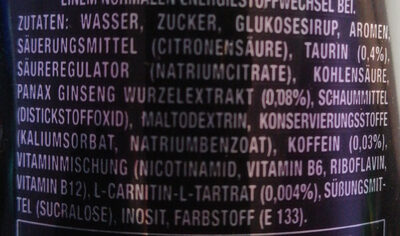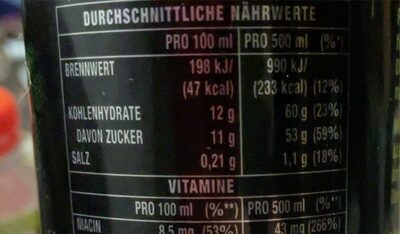Monster Energy Nitro - 500 ml
This product page is not complete. You can help to complete it by editing it and adding more data from the photos we have, or by taking more photos using the app for Android or iPhone/iPad. Thank you!
×
Barcode: 5060751216520 (EAN / EAN-13)
Quantity: 500 ml
Packaging:
Metal, Recyclable Metals, Aluminium, Can, de:Einwegpfand
Brands: Monster, Monster Energy
Categories: Beverages, Artificially sweetened beverages, Energy drinks, Sweetened beverages
Stores: Mytime
Countries where sold: Germany
Matching with your preferences
Environment
Packaging
Transportation
Report a problem
Data sources
Product added on by hanzpeter
Last edit of product page on by aleene.
Product page also edited by citri231, foodvisor, kiliweb, manuki, openfoodfacts-contributors, yabr, yuka.sY2b0xO6T85zoF3NwEKvll4ea9mHiR71ORLngW269MqeF8DwMfpdx6jRFqs, yuka.sY2b0xO6T85zoF3NwEKvlnNsD4vSmi3BLizRuheUmoiMC8XKbftc2LrUbKo.











